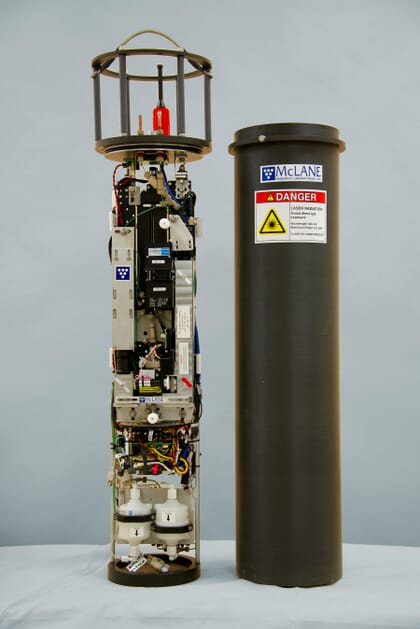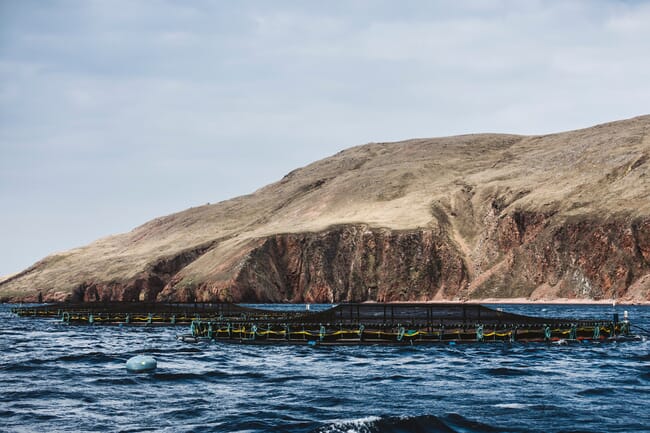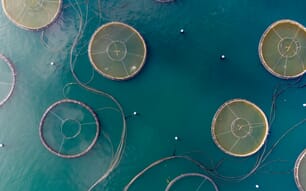
UHI Shetland has secured £185,000 investment from Highlands and Islands Enterprise (HIE) to purchase a high-tech piece of equipment known as an Imaging FlowCytobot (IFCB). The IFCB can scan water samples for phytoplankton (microalgae) using flow cytometry, lasers and cameras. It then beams this data to the cloud for specialist analysis allowing phytoplankton detection and monitoring.
Gregg Arthur, aquaculture manager at Shetland-UHI said, “this autonomous device is a game changer and the first of its kind in the UK. We’re excited to see the instrument’s capabilities. The IFCB gives us a much higher resolution picture of phytoplankton abundance at any given time and is a specialist tool for monitoring numbers and species as these change throughout the seasons."
Phytoplankton are crucial to the success of mussel farms, but some phytoplankton species produce toxins or can even be harmful to fish when they bloom in large numbers.

The device works in the lab but, importantly, it is also submersible and can work unattended in-situ at an aquaculture site or monitoring station.
By working around the clock, the IFCB detects early signs of harmful algal blooms, and this rapid detection can help to inform early stock management decisions that can protect the welfare and security of aquaculture stocks.
Farm operators will be able to use the information collated to better understand the quality of the water and the impacts of this on their operations. They will also be able to understand how their activities impact on the natural environment.
Over time, the plankton data can also be used to identify impacts of climate change on the marine environment.
UHI Shetland is currently preparing the device for deployment and will then investigate data handling solutions.
“This will be a very important dataset allowing us to improve our approaches to sustainable aquaculture. Successful aquaculture relies upon understanding our interactions with the natural environment and this device will enhance our capability and knowledge significantly in the area where it’s deployed,” Arthur said.
Working with colleagues at the Scottish Association for Marine Science (SAMS), machine learning capabilities, using a deep learning artificial intelligence approach, will be developed to identify and count individual species present in a local waterbody from the tens of thousands of images captured by the IFCB every hour.
Running alongside these developments will be a PhD studentship, led by SAMS UHI, Marine Scotland and The DataLab, which is currently being recruited.
Elaine Jamieson, head of blue economy and food and drink at HIE, said, “the ambition for continuous improvement by utilising new data driven technology is a credit to both academia and businesses in the aquaculture sector. This investment creates new opportunities that are aligned to our ambitions for sustainable use of ocean resources for economic growth, improved livelihoods and community prosperity.”
Half of the HIE funding approval is from the Scottish Government Islands Green Recovery Programme, which was administered in the region by HIE.




